Search Images
Browse Content (p. 356)
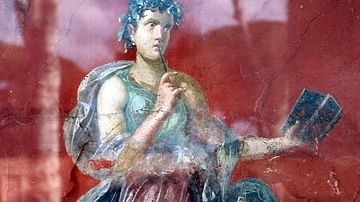
Image
Calliope Fresco
Calliope on an antique fresco from Pompeii.
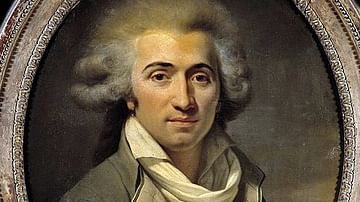
Image
Fabre d'Eglantine
Portrait of Fabre d'Eglantine (1750-1794), the French poet, playwright, and Jacobin politician who is best known for having come up with the names of the months in the French Republican calendar. Oil on canvas by an unknown artist, c. 1790-94...

Image
French Revolution and Wars 1789-99
A map illustrating the outbreak and course of the French Revolution (aka The Revolution of 1789 to distinguish it from the ones of 1830 and 1848) and the consequential conflicts between France, the largest and most populous state in Western...
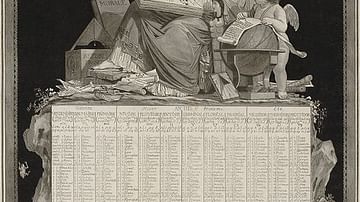
Image
French Republican Calendar
French Republican calendar for Year III (1794-95), drawing by Philibert Louis Debucourt.
Bibliothèque nationale de France.
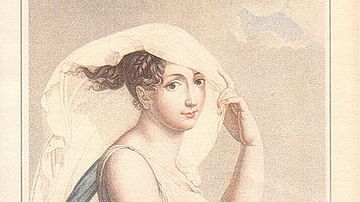
Image
Vendémiaire
An illustration in the French Republican Calendar for the month of Vendémiaire Year VI, or September-October 1797 in the Gregorian calendar. Vendémiaire was the first month of the year under the Republican Calendar. By Salvatore Tresca and...

Image
Decimal Clock
A decimal clock manufactured during the French Revolution. Decimal time is measured on the inside of the clock while duodecimal time is on the outside, late 18th/early 19th century.
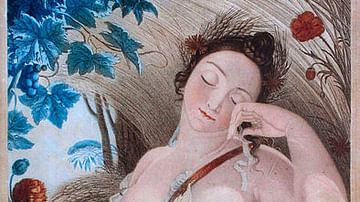
Image
Messidor
Representation of the month of Messidor, the tenth month in the French Republican Calendar meaning "month of harvest", by Louis Lafitte.
National Library & Bureau of Measures.
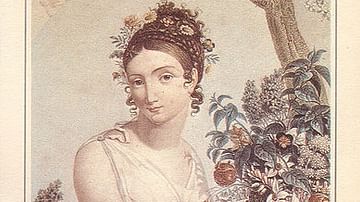
Image
Floréal
Depiction of Floréal, the eighth month of the French Republican Calendar, the "month of flowers", by Salvatore Tresca and Louis Lafitte, 1797-1798.
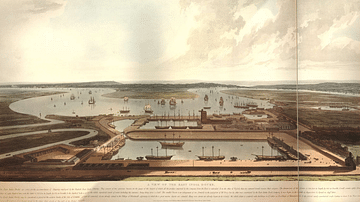
Image
East India Docks
An 1808 coloured print showing the docks of the East India Company, known as the East India Docks, at Blackwall in London. (British Museum, London).
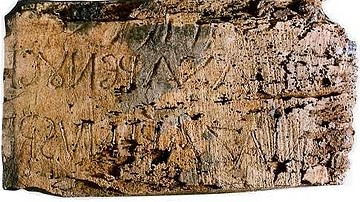
Image
Titulus Crucis
Titulus Crucis, a wooden plaque, allegedly part of the relics discovered by Helena of Constantinople.
Church of the Holy Cross, Rome.